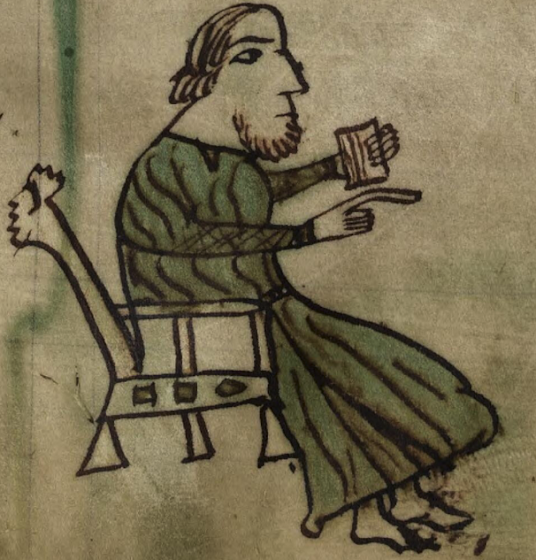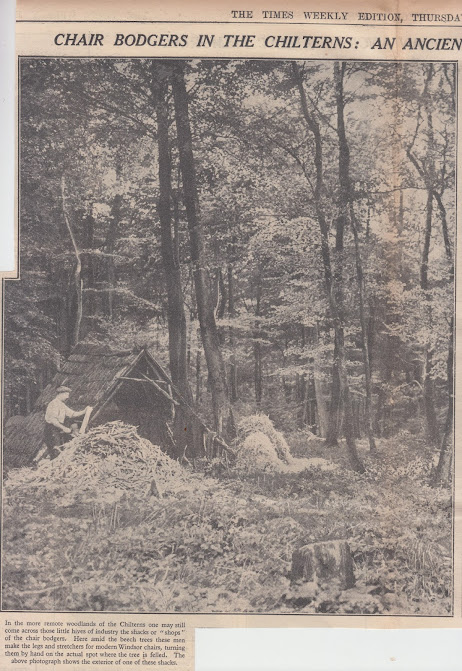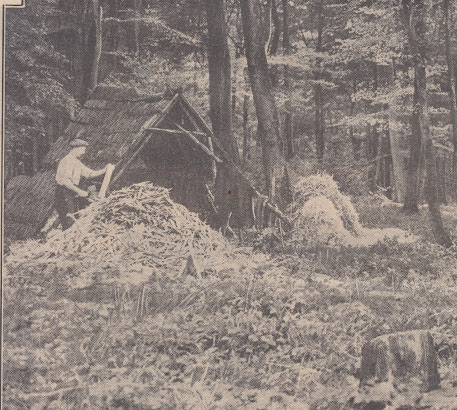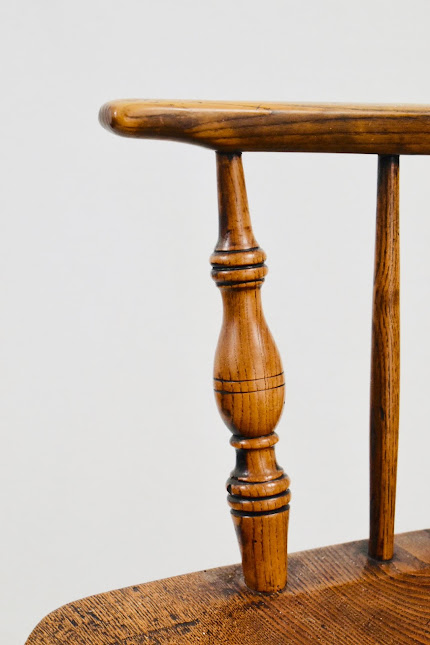 |
| East Anglian Windsor Chair WS230 |
Many readers of my comments on this site will be familiar with Mendlesham Windsor chairs, made in Suffolk. However, East Anglia does not have a great tradition of producing Windsor chairs. This is mainly due to the production of "Hollow-seated chairs" there. When this chair was offered for sale at the auction house in Bury St Edmunds in Dec 2019, I decided to add it to my collection. The lot notes stated that it was made mainly from fruitwood with an elm seat and I was impressed by the elegant combination of the skill of wood turning and cabinet making for the back support and arms. What is not immediately apparent is the fluted moulding on all the backsplats, a feature that appears on No. 142 & No. 143, both of which were purchased in East Anglia. The front legs, while having the ring and cove turnery pattern well up towards the seat, as most Thames Valley chairs have, also have a feature that I've seen on othere chairs that I have recorded from that area. Namely, double incised rings to denote where to drill the holes for the stretchers.
© William Sergeant 2024


















































